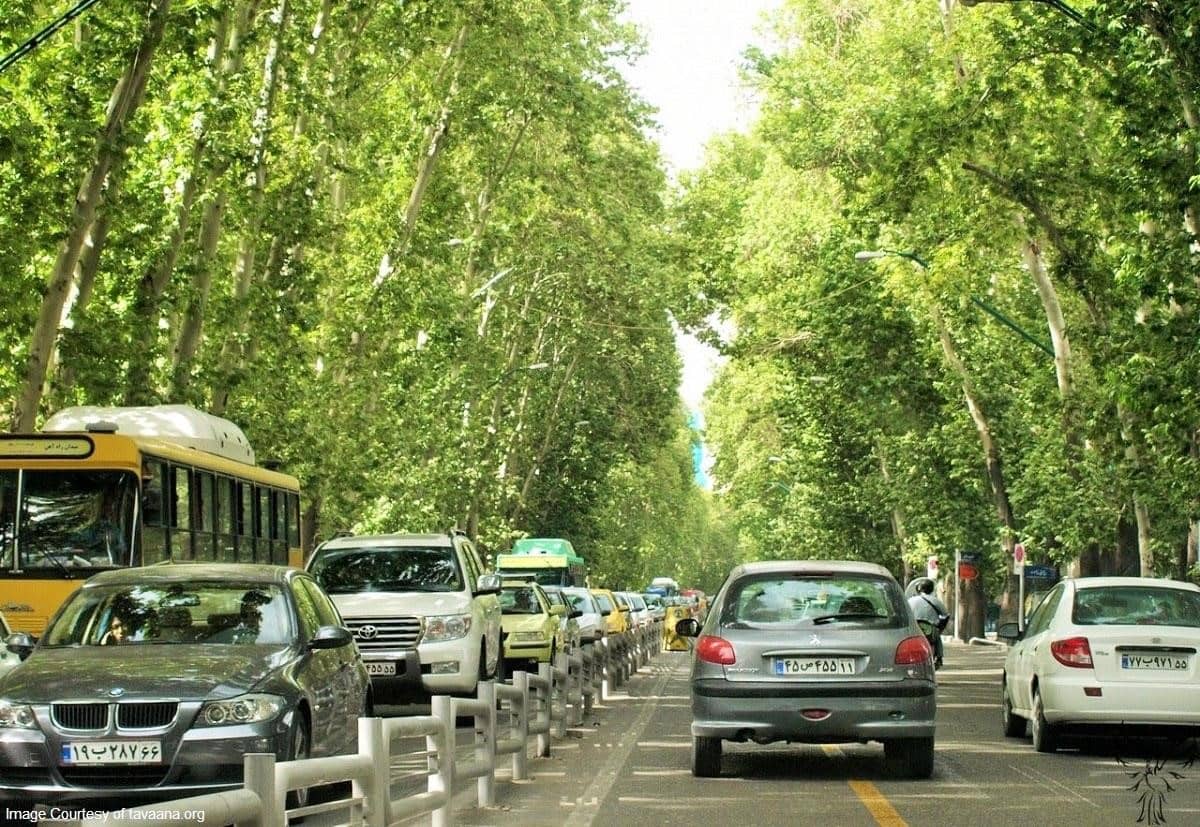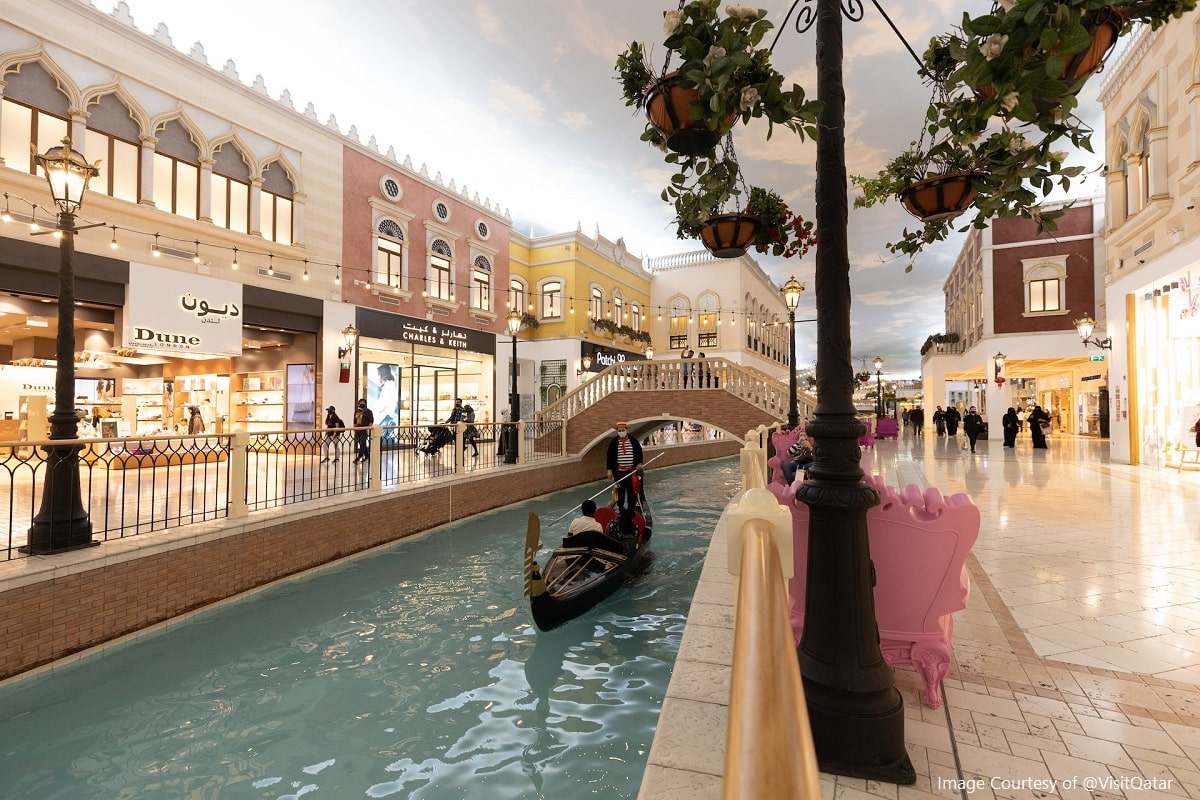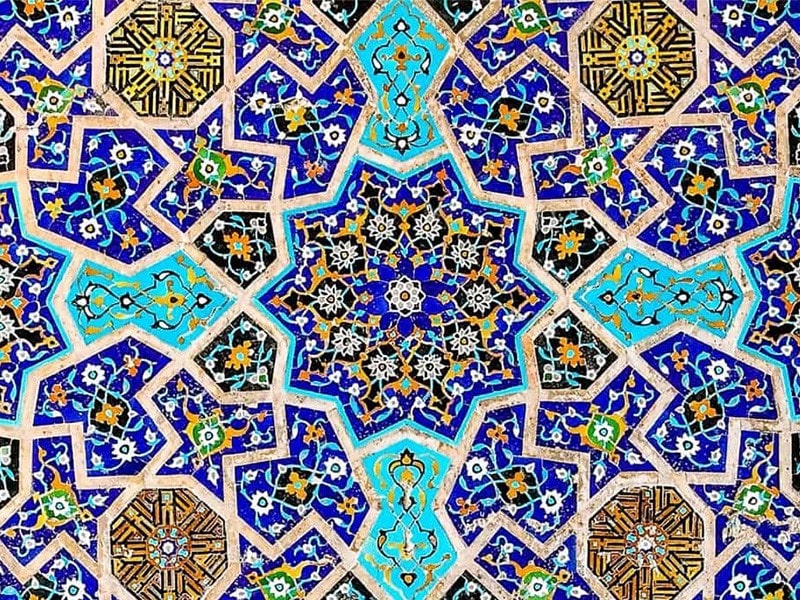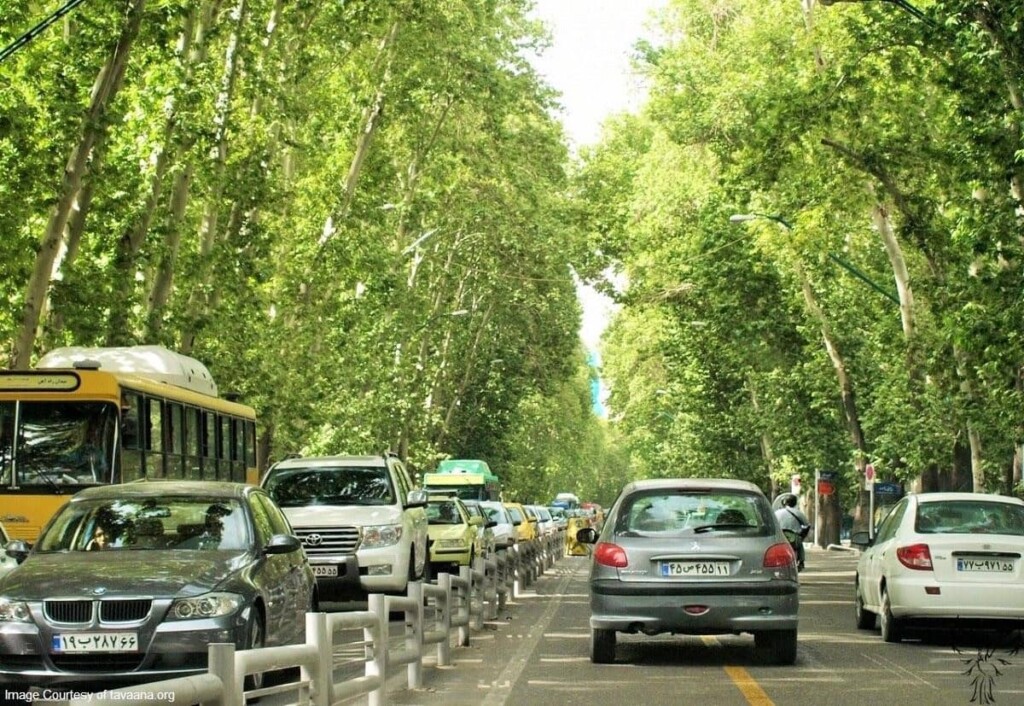
Valiasr Street of Tehran is the longest street in the Iranian Capital. Trees are planted on both sides and it is 17.9 km long. It is also the longest street in the Middle East and one of Tehran tourist attractions.
Valiasr starts from Rah Ahan Square (Railway Station) in the south of Tehran (with an altitude of 1117 meters above sea level) and extends to Tajrish Square (with an altitude of 1612 meters above sea level) in the north of Tehran. Valiasr Street was built by the order of Reza Shah Pahlavi.
The original name of the Street was “Special Pahlavi Road”. This street is a symbol of modern urban design and architecture in Iran. In the first months after the 1978 revolution in Iran, it was called “Mohammed Mossadegh Street” for a while. After that, it was renamed Valiasr Street.
History of Valiasr Street of Tehran
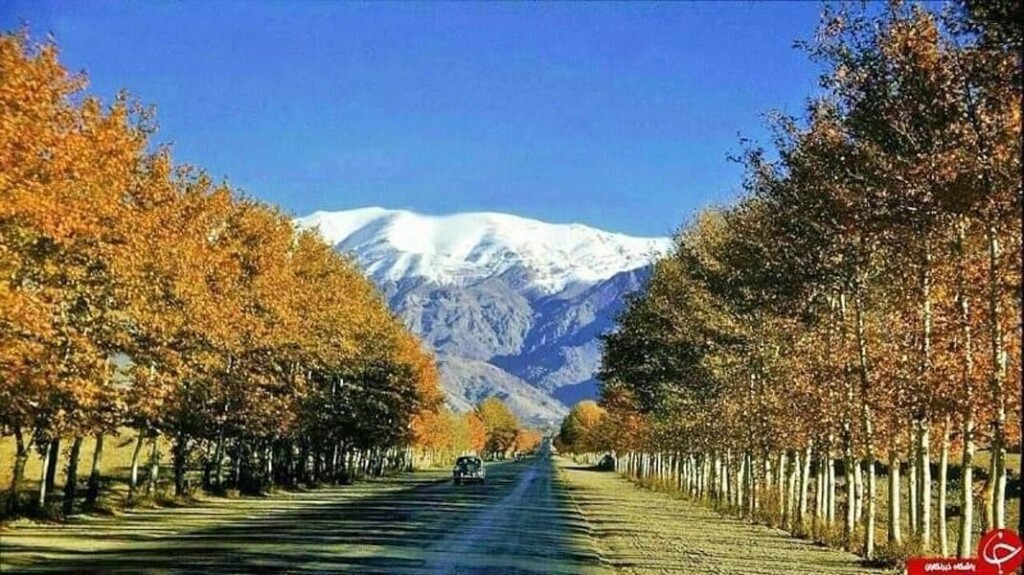
The construction of Pahlavi Street began in 1921. That was when Reza Shah decided to build the road. Planting trees around this street and creating a watercourse to irrigate its trees also started in 1921.
In 1928, Tehran’s Baladieh laid stone pavements on upper Pahlavi Street. Baladieh is the old name of the Tehran municipality. Then, in 1930, the National Consultative Assembly approved a bill for the construction and expansion of Tehran’s streets.
Before a visit by the King of Saudi Arabia to Tehran in 1931, Asphalt pavements were installed on this street for the first time.
Plane trees are very adaptable to Tehran’s climate, so at first, plane trees were planted on both sides of Pahlavi Street. They dug two wells for irrigation.
During Reza Shah’s rule, a plane tree was planted on Pahlavi Street every two meters. They also planted a rose bush between the plane trees. Therefore, a total of 18,000 plane trees were planted on both sides of the 18-kilometer road. Of course, some have estimated this number up to 24 thousand.
Also, in 1940, a large water pool was built between Mahmoudieh and Tajrish which served as water storage for the irrigation of plane trees.
Special Pahlavi Road or Pahlavi Road was reserved for royal service until 1940. Therefore, people used to go to Tajrish from the old Shemiran road.
special Individuals and groups, courtiers, ministers, ambassadors, and military officials who were going to visit the Shah used to travel through Valiasr Street of Tehran. After the September 1940 coup, this road became public. Allied vehicles and subsequently regular people were given access to this road. But years passed until Pahlavi Road became Pahlavi Street and a symbol of modern urban design and architecture in Iran.
In that period, the Shemiranat area was a summer residence. Therefore, Valiasr Street of Tehran passed through the hills. New buildings were built around streets such as Sepah (Imam Khomeini) and Shahreza (Enghelab). But there were no buildings around Valiasr Street in Tehran. This road was recognized by orderly rows of plane trees on both sides.
The presence of plane trees on Valiasr Street has given this street such a lovely view that it is still one of the most beautiful streets in the world. Pietro Della Valle, the 17th-century Italian explorer, wrote: If Istanbul is the city of cypresses, Tehran should be called the city of plane trees.
In the years 1941 to 1951, a rafting club was established on the east side of this street, a little above the Enghelab intersection. This place was a playground for children and attracted lots of visitors.
The Karaj decorative fountain was on the west side of this street, where Keshavarz Boulevard is located today. For years, students used to review their books before exams under the shade of those trees.
This street was transformed into its present design from 1953 to 1976. It gradually shifted from a desert road into the longest street in the capital. Vanak Crossroads, which was once a thief’s hangout, became Vanak Square.
The Iranian National Radio and Broadcasting facility was built northwest of the street. Several thousand stores and dozens of restaurants and cafes emerged. People built villas and houses in the surrounding streets and alleys.
The biggest cafes in Tehran inspired by European cafes were established on the east side of the street. Tehran’s modern cinemas were opened on the west side between Valiahd Square (current Valiasr Square) and Vanak Square.
Many large shopping centers, public parks, restaurants, museums, cultural centers, and national and international offices are located on this street. This street is also one of the traditional shopping centers in Tehran. The large Mellat and Saei parks are located on the sides of this street.
A large part of Line 3 of Tehran’s Subway passes under Valiasr Street. Valiasr Street is listed on the national heritage list of Iran.
The Reason for The Construction of This Street
Historians believe that Reza Shah’s goal of connecting Saad Abad Palace to Marmar Palace was the reason behind the construction of Valiasr Street of Tehran. But some others believe that Valiasr Street was built to showcase modern urban design and architecture in Iran.
Current Problems of Valiasr Street of Tehran
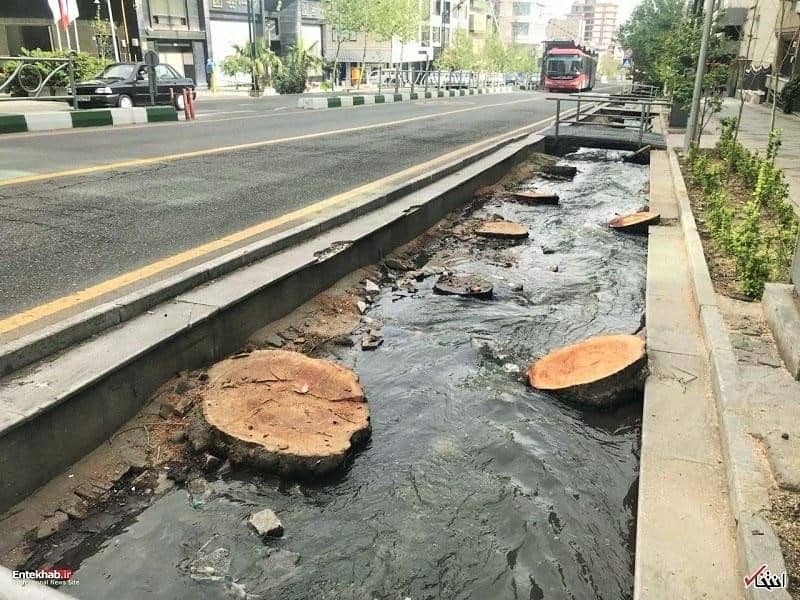
One of the problems of this street is the gradual loss of old plane trees that are part of the street’s identity. The distinctive architecture of new buildings around the street has affected the urban style in the area. One of the current problems of this street is the disproportionate combination of BRT lines with the historical urban architecture of the street.
Valiasr Street Landmarks
Some unique buildings on Valiasr Street of Tehran from north to south are:
- Ferdows Garden
- IRIB Station
- Mellat Park
- Khatam Al Anbiya Hospital
- Valiasr Hospital
- The K. N. Toosi University of Technology
- Eskan Residential Towers
- Day General Hospital
- Mehregan Hospital
- Saei Park
- Africa Cinema
- Esteghlal Cinema
- Quds Cinema
- The Amirkabir University of Technology
- Tehran University of Art, Practical Art
- Daneshjoo Park
- City Theatre
- Marmar Palace
- Mahdieh Tehran
- Shahid Beheshti School of Nursing and Midwifery
In the following, we will briefly introduce some of them:
Ferdows Garden
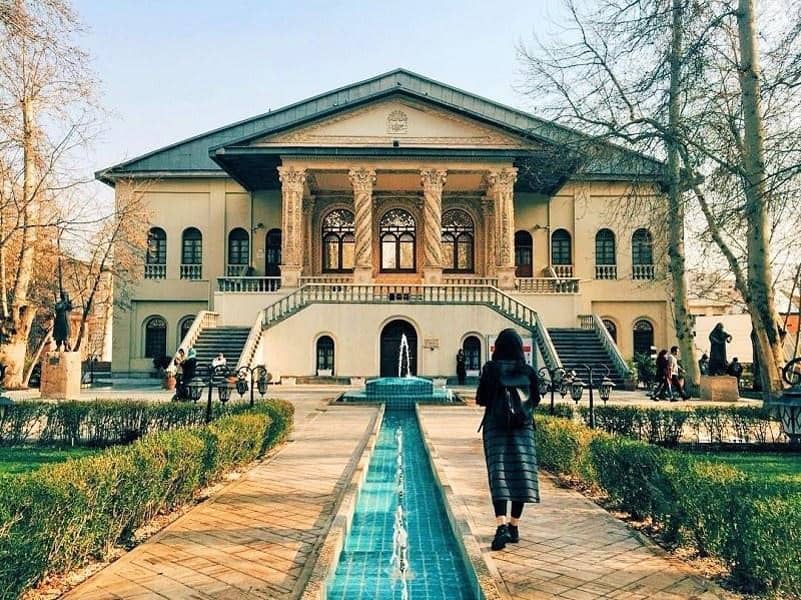
This garden includes a Qajar mansion in Valiasr Street, Tehran. It is fifteen minutes away from Tajrish Square. It is a rectangular garden with a white mansion in the back.
Mohammad Shah Qajar ordered the construction of the Ferdows Garden and mansion. But he died before the construction was completed. Ferdows Garden mansion has been demolished and restored many times throughout history. But it is still one of the most beautiful Tehran historic buildings.
After the revolution, this building was allocated to the IRIB. In 2002, it became a cinema museum. There are several cafes in the garden.
Mellat Park
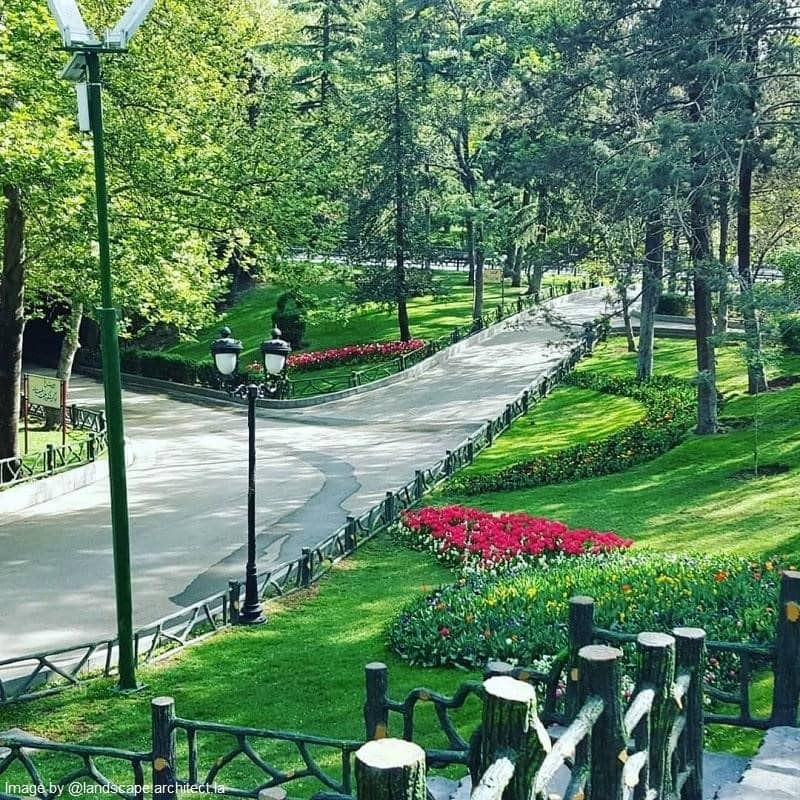
On the way down from Valiasr Street, you can see one of the top ten parks in Tehran. This Park is about 44 years old and initially called Shahshahi Park or Royal Park. After the 1979 revolution, it was renamed Mellat Park. Spring and autumn are the most beautiful seasons for visiting Mellat Park. With an area of 34 hectares and with about 120 species of trees, this park is the best place for family fun.
Mellat Cineplex
There is a cinema complex in the middle of Mellat Park. This building has been the venue for various festivals including Fajr Film Festival, Student Film Festival, and Short Film Festival. Its vehicle entrance for visitors is located on the side of Niayesh Highway.
Saei Park
This Park is known as the green staircase complex. The name of Saei Park is derived from the name of its benefactor. Engineer Sai started building this park in 1963. This Park was included in the list of popular places in Tehran for many years. The architectural style is similar to a staircase and its trees are tall and old. Saei Park also has a small zoo.
Iran Academy of The Arts
This landmark is near the Valiasr intersection (the intersection of Enghelab St. and Valiasr St. in Tehran). It is considered a hangout for art lovers. It has a cozy atmosphere with high columns and a central water fountain. The construction of this building was inspired by the elements of Achaemenid and Sasanian architecture.
City Theatre
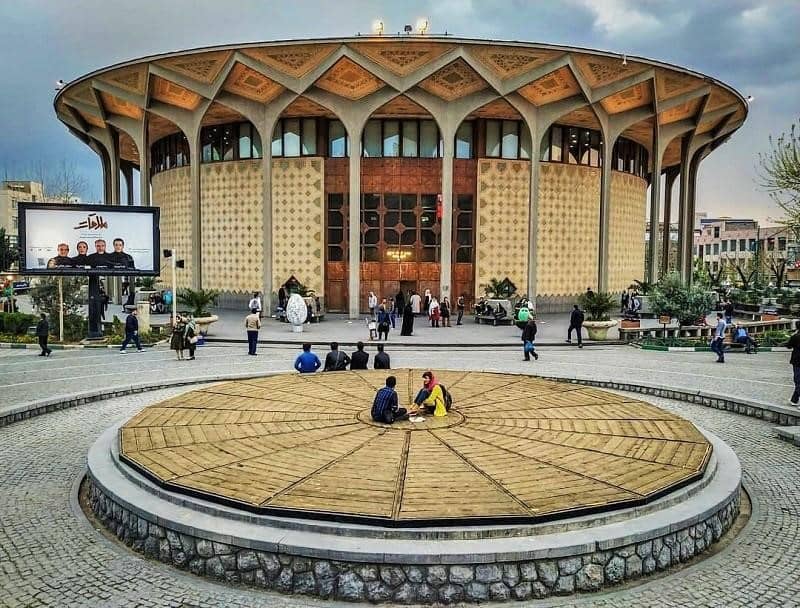
Daneshjoo Park is one of the parks in central Tehran. There is a huge brick building in the middle of this park. This building is a symbol of art and theater in Tehran. The city theatre building has a circular design inspired by the abstract elements of Ilkhanid and Achaemenid architecture. This complex has three main halls, two small halls, a plateau, and a cafeteria. Original and adapted plays are performed here every week.
Quran Museum
This museum is one of the important buildings on the side of Valiasr Street in Tehran. A museum that contains an important part of the historical identity of Iran and Islam. This museum is dedicated to displaying manuscripts of the Quran. You can see historical and cultural relics such as manuscripts, lithographed copies of the Quran, Muraqqas (collections of Islamic miniature paintings and texts), prayers, and scrolls. There is a specialized library in the southern part of the museum. It contains about 30,000 volumes of books in the field of Quranic studies.
Moghaddam Museum
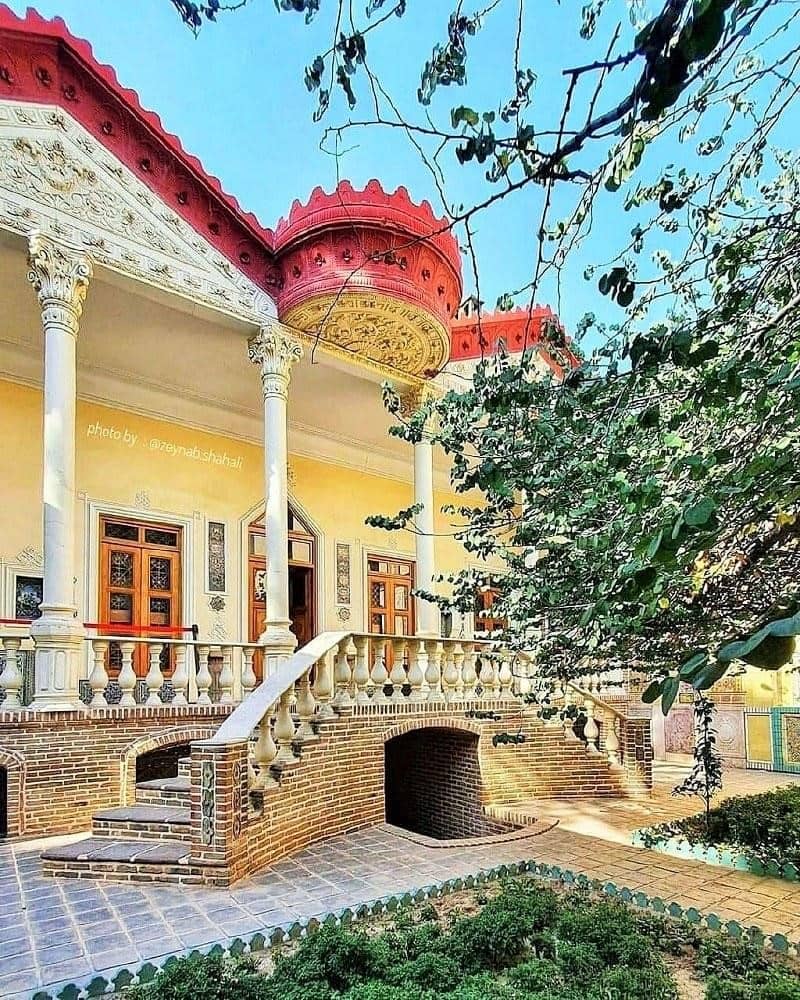
This building is located on Imam Khomeini Street. This building was a luxurious house built by one of the Qajar elites for his two children. This house includes an exterior courtyard, a counter room, a reception room, a fountain, a mansion, and a greenhouse.
Entrances and Intersections in Valiasr Street, Tehran
This street passes through municipal districts 1, 3, 6, and 11. On its way, this street passes through Tajrish, Vanak, Valiasr, and Moniriyeh squares and the Rah Ahan square. Also, many highways and main streets of Tehran are connected to Valiasr Street. In fact, this street is considered a significant intersection in the Tehran metropolis.
Conclusion
Valiasr Street of Tehran is a comprehensive exhibition of modern urban design and architecture in Iran. This street has beautiful natural sights, many stores, and shopping centers, and wide sidewalks.
Walking in this street is the best opportunity to walk among the people of Tehran and get to know their daily life. By walking on this street, you get to see a broad range of social life in Tehran. Travelers can also get to know a part of Iran’s modernization process in the 20th century by walking this street.
Destination Iran recommends spending a day walking in parts of this street in order to get to know Tehran’s social culture. In addition, you can visit some of Tehran’s tourist attractions on this street.
Where is Valiasr Street of Tehran?
Valiasr Street connects Rah Ahan Square or the Railway station in the south of Tehran to Tajrish Square in the north of Tehran. You can see the location of this street below:
Frequently Asked Questions About Valiasr Street of Tehran
If you cannot find the answer to your question here, leave us a comment in the comment section below this post and ask your question. We will definitely answer it. If you did not find the answer to your question here, leave us a comment in the comment section below this post and ask your question. We will answer it as soon as possible.
What is the history of the construction of Valiasr Street of Tehran?
In 1921, Reza Shah ordered the construction of Valiasr Street; Of course, at that time it was called “Special Pahlavi Road”. Since then, trees have been planted along the side of the street. Nearly 18 thousand plane trees were planted on both sides of the street. In 1928, stone pavements were installed on the upper Pahlavi Street by Baladieh or Tehran Municipality. In 1931, this street was paved with tar and asphalt for the first time.
What was the reason for the construction of Valiasr Street in Tehran?
Historians believe that the rationale behind the construction of Valiasr Street in Tehran was Reza Shah’s decision to connect Saad Abad Palace to Marmar Palace. But others believe that Valiasr Street was built to show modern urban design and architecture in Iran.
What are the famous landmarks on Valiasr Street in Tehran?
There are many parks, universities, cultural centers, and national and international offices on the side of this street. Among them are Saei and Mellat parks, Khaja Nasir and Amir Kabir Technology Universities, Valiasr, Day and Mehregan hospitals, City Theatre, Safavieh Shopping Center, and headquarters of organizations such as IRIB.
What is the length of Valiasr Street in Tehran?
Valiasr Street in Tehran is 18 km long.
What other names have been given to Valiasr Street in Tehran?
Valiasr Street in Tehran was originally called “Special Pahlavi Road”. It was known as Pahlavi Street after it became public in 1940. After the Islamic Revolution, it was named “Mossadegh Street”. After June 1360, the name Valiasr was placed on this street.






